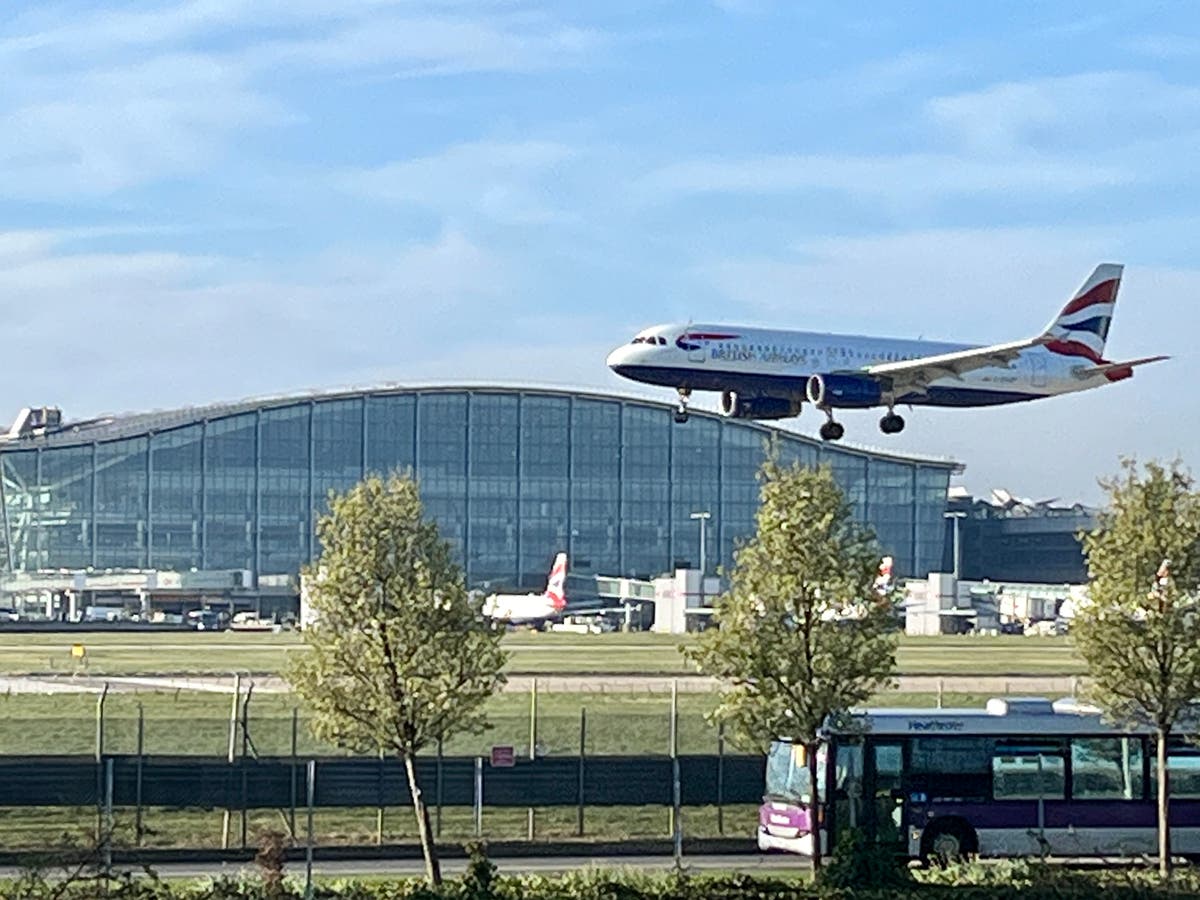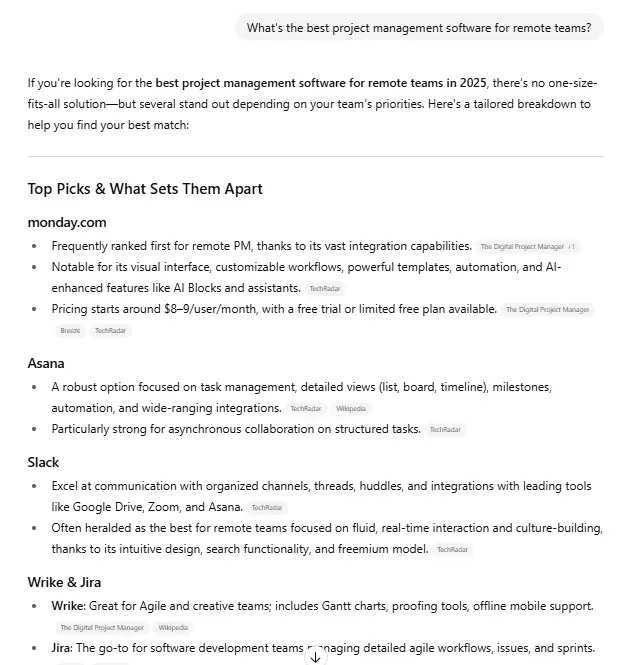Even basic cars can get self-driving features with this M’sian team’s plug-and-play tech
Kommu is a Malaysian startup creating plug-and-play self-driving, autonomous car solutions for Perodua, Proton, Toyota, and Honda.

Teslas are now all the rage overseas, though they haven’t quite found footing in Malaysia yet. Not to mention, they’re on the more expensive side.
Changing cars isn’t something many of us can do on a whim, and we probably feel hesitant to do so too, especially if our current vehicles are still reliable.
But what if there was something that met you in the middle? You get to keep using your beloved car, except that it’s now smarter with autonomous driving capabilities.
That is at the core of what the Kommu team wants to do.
A kommunity of like-minded individuals
The core team behind Kommu consists of Wong Kean Wei (Kean Wei), Kok Yuan Ting (Ting), Tay Tiong Guan, Lim Teik Aun, and Alexander Yeoh Shi Xian.
Kommu was incorporated when the five of them were still students at Monash University Malaysia, just half a year after they ideated the startup.
When Ting’s friends were chatting about how Tesla’s Full-Self Driving programme could be unlocked through software methods, he came to an epiphany: cars were just computers on wheels.
This never left his mind, and for a university project and competition later, he convinced his lecturer to allocate funds for him to buy a secondhand Perodua Myvi electric power steering system and a gas pedal position sensor.
When he bought a Perodua Axia of his own, he tinkered with it enough to control it with a joystick, for the most part.
 Ting at work / Image Credit: Kommu
Ting at work / Image Credit: KommuExcited to share his findings, he called up Kean Wei.
“What do you think about reverse engineering the car’s steering and turning it into a self-driving car?” Kean Wei recalled what Ting said to him.
From there, more “what if” scenarios began popping into their minds, and they rounded up more friends to make their vision a reality.
Today, Kean Wei is CEO and Director of Kommu. His role includes spreading awareness about autonomous vehicles online, and setting up test drive sessions to educate the public on the concept and let them experience driving hands- and legs-free.
Meanwhile, with his background in Mechatronics Engineering, Ting oversees all the technical day-to-day operations of Kommu.
A different way of kommuting
Essentially, Kommu’s solution, KommuAssist, turns existing cars into Level 2 autonomous vehicles. There are six total levels of driving automation by the Society of Automotive Engineers (SAE).
Being a Level 2 advanced driver-assistance system, KommuAssist still requires the driver’s attention.
Kommu has two products, a Standard set (RM3,499) and Semi-ACC set (RM3,599). The Standard set has features such as:
Auto lane centering in case the driver microsleeps or loses focus momentarily,Auto gas and brake while maintaining a distance from the car in front or while cruising at a set speed to relieve fatigue during long-hour drives,Standstill auto resume to relax the driver’s foot and ease their frustrations in a jam,Auto lane change with the ability to integrate with a vehicle’s blind spot monitoring function,Driver focus monitoring that allows drivers to divert minimal attention to something else in slow-moving traffic but alerts distracted drivers, andActive safety features like a pre-collision warning, lane departure warning, and auto emergency braking.The Semi-ACC set lacks auto braking and standstill auto resume.
To expand a bit more on the driver focus monitoring, this feature is used to ensure that while the driver is using KommuAssist, they’re still ready to take over in uncertain scenarios such as merging lanes, ramps, sudden adjacent cut-ins, and more.
 Image Credit: Kommu
Image Credit: KommuKommuAssist runs on bukapilot, an open source software for advanced driver-assistance systems (ADAS) that is based on openpilot, and it is trained on Malaysian road data.
Currently, the system supports a total of 19 models across Perodua, Proton, Honda, and Toyota, with the co-founders aiming to cater to more models and manufacturers.
Kommunicating concerns to the team
As KommuAssist is a plug-and-play installation that doesn’t involve any wire-cutting, it will not directly affect your vehicle manufacturer’s warranty, Ting and Kean Wei shared.
But in the event that a car gets into an accident while engaging KommuAssist, how would the driver and their vehicle remain insured?
At the current stage, KommuAssist does not have a product liability insurance to cover damages caused by system malfunctions, the team said. However, anyone looking to use KommuAssist should check with their own insurers first.
Ting and Kean Wei also reiterated that because KommuAssist is a Level 2 system, the driver still has to take full responsibility when using the car, and shouldn’t misuse the system.
 Image Credit: Kommu
Image Credit: Kommu“The closest analogy would be cruise control functions that are commonly available in many cars—it shall only be used when a licenced driver thinks it is safe to use,” they said.
With such technology still being unfamiliar to many of us, we of course had to ask as well, is there a chance that Kommu’s solution could be sabotaged by a malicious third party, thus putting users and others in danger?
“When KommuAssist is in operation, it is closed-loop, this means no external access is allowed. The entire decision-making of the vehicle is done on the edge device. Software updates and changes can only be done when the vehicle engine is off,” Ting and Kean Wei reassured.
There currently are no policies or regulations in the autonomous vehicle space in Malaysia, though there is a guideline for early industry players to adhere to.
This is governed by the My Autonomous Vehicle (MyAV) committee, formed by the Ministry of Transport (MOT), JPJ, Futurise, Malaysia Automotive Robotics and IoT Institute (MARii), and Malaysian Institute of Road Safety Research (MIROS).
Ting and Kean Wei added, “Kommu is currently working closely with the MyAV committee to help improve the current version of guidelines for autonomous vehicle testing in hopes that KommuAssist will be certified and endorsed in the future.”
Something that Kommu is looking to tackle in the near future is KommuAssist’s limited field of vision too.
The monocular camera device used may not be able to efficiently capture sudden cut-ins of motorcycles and cars from other lanes. Thus, Kommu’s team plans to develop next-generation hardware with peripheral cameras to increase the system’s field of vision.
Keeping users in the driver’s seat
All that being said, Kommu’s system doesn’t intend to remove the driver from the picture, which means that KommuAssist will never go up to Level 4, Ting and Kean Wei said.
 Image Credit: Kommu
Image Credit: Kommu“In fact, the goal is to perfect the system so that it could perform driving actions with minimal human interventions with the functionalities we ship.”
“While increasing the capabilities of our solution, we tap into the ever-growing vehicle’s original available sensors (such as blindspot monitoring, sonar, and radar sensors). Hence, KommuAssist will continue to be plug and play in the near future.”
To scale, Kommu hopes to convert 1% of new car owners (of which there are 500K in 2022) to be part of their Kommunity (KommuAssist users).
As they scale, they will also be able to create a platform to connect all their users in Malaysia to form a network of connected vehicles that share data to eliminate road accidents.
Other than directly selling to customers, the team is looking for opportunities to partner with distributors to help perform KommuAssist installations and provide education at their workshops.
“Yes, we hope that one day we can be officially listed in car manufacturers’ lists of add-on products for new car owners to opt for direct installation,” Ting and Kean Wei concluded.
Learn more about Kommu here.Read about more Malaysian startups here.Featured Image Credit: Kommu

 Tfoso
Tfoso 
































